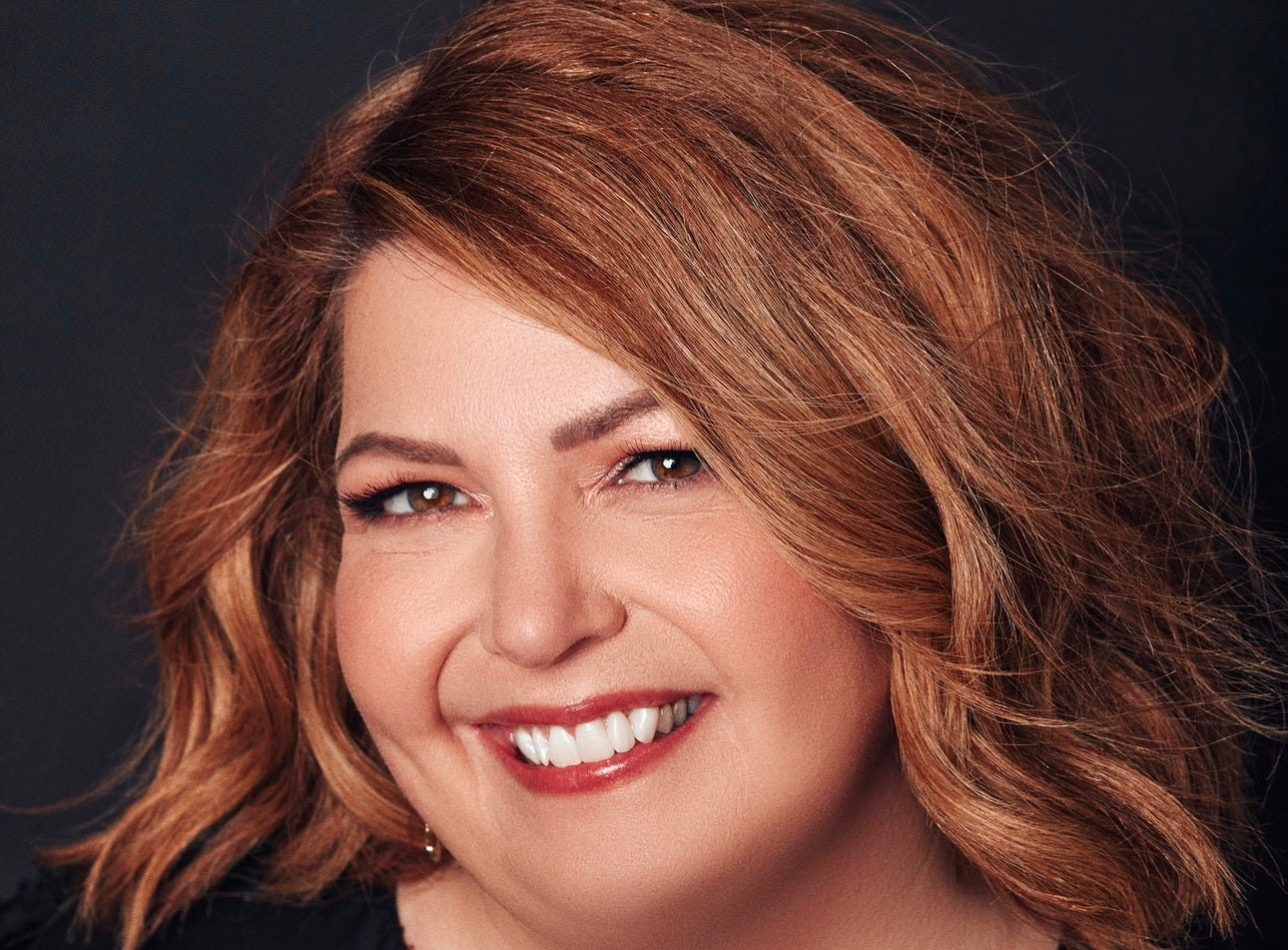People don’t always effectively think about what questions they ask and how they present them. That can often be problematic.
“Asking questions is at the heart of communication. The way questions are received has everything to do with the way they are asked,” says Jennifer Eisenreich, who served as a school principal for two-and-a-half decades and is the founder of Shift Show Communications, where she works to help others think differently about the people and situations in our lives.
“If a staff member reacted to a parent or child in a way that was unproductive, instead of asking, ‘What were you thinking!’ I would ask them to tell me about the conversation.
“Instead of saying something like, ‘Well, that's where you went wrong," I might instead ask how they thought their words landed with the other person.”
This type of social awareness, reflection and curiosity can uncover insights within interactions or afterward to communicate in a more successful, less stressful manner.
Thinking respectful collaboration is a powerful way to deescalate stress and create patience and increased trust.
“People are much more likely to be honest if they know you are working through the problem with them instead of taking the opportunity to blast them,” Eisenreich says.
Surprising to some however might be that “There is an art to asking questions that goes beyond pouring sweetness on the problem and requires one to provide a safe space with words and delivery.”
Moving past using robotic questions is a more refined and helpful approach to communication, especially in difficult circumstances.
“Go beyond WWWWWH — who, what, where, when, why, how — questions that have a specific answer and learn to lead with open-ended questions,” Eisenreich recommends.
She details how this can work in practice.
“An easy way to start is to preface a conversation with, ‘Talk to me about... it sounds like that was a tough conversation,” Eisenreich explains. “Reassuring the other person that you are there to listen and help in any way possible can add the empathy needed for an honest response.”

What we do with our body can assist in creating trusting connection too, she suggests.
“Eye contact with softened eyes and a relaxed smile are all the “honey” that's needed,” Eisenreich says.
Answers we receive to a particular common question can be frustrating. Eisenreich has a proposed question as a reply when it happens.
“Something I learned in my many years of talking to kids about something that landed them in my office for a ‘business’ conversation: when the answer to your clear question is, ‘What?’ the person is guilty as charged nine out of 10 times,” she says she’s learned.
What she learned to do to inspire the likelihood of a better communication?
“If you find yourself in this position, the best response comes after extended wait time of at least 10-15 seconds,” Eisenreich says, which is, "Can you repeat what I said to you?"

“My last tip comes from Brene’ Brown: ‘Clear is kind. Don't tap dance around important communication. Doing so is like a professor who asks you to write a paper without giving guidelines. When you let people know what you expect they are typically relieved that they don't have to guess what you are asking for,” Eisenreich says.
She summarizes her recommendation by saying, “Set the stage for openness, be clear and kind and get to the point.”
The Communication Intelligence newsletter is a new publication produced by the publisher of Communication Intelligence magazine. Subscribe for free or decide on a paid subscription for “extras,” whichever works best for you.
If you’d like to advertise in the Communication Intelligence newsletter, you can reach out to Comm.Intel.Newsletter@gmail.com and ask questions or express what service, services or products you’d like people to see in this publication.
$375 for your ad showing up in two issues of the newsletter. There are two available ads per article.
Together we will create an impressive color ad that you approve plus messaging you approve before I prominently and regularly display it for you.
$250 for a link to your About page, landing page or home page.


